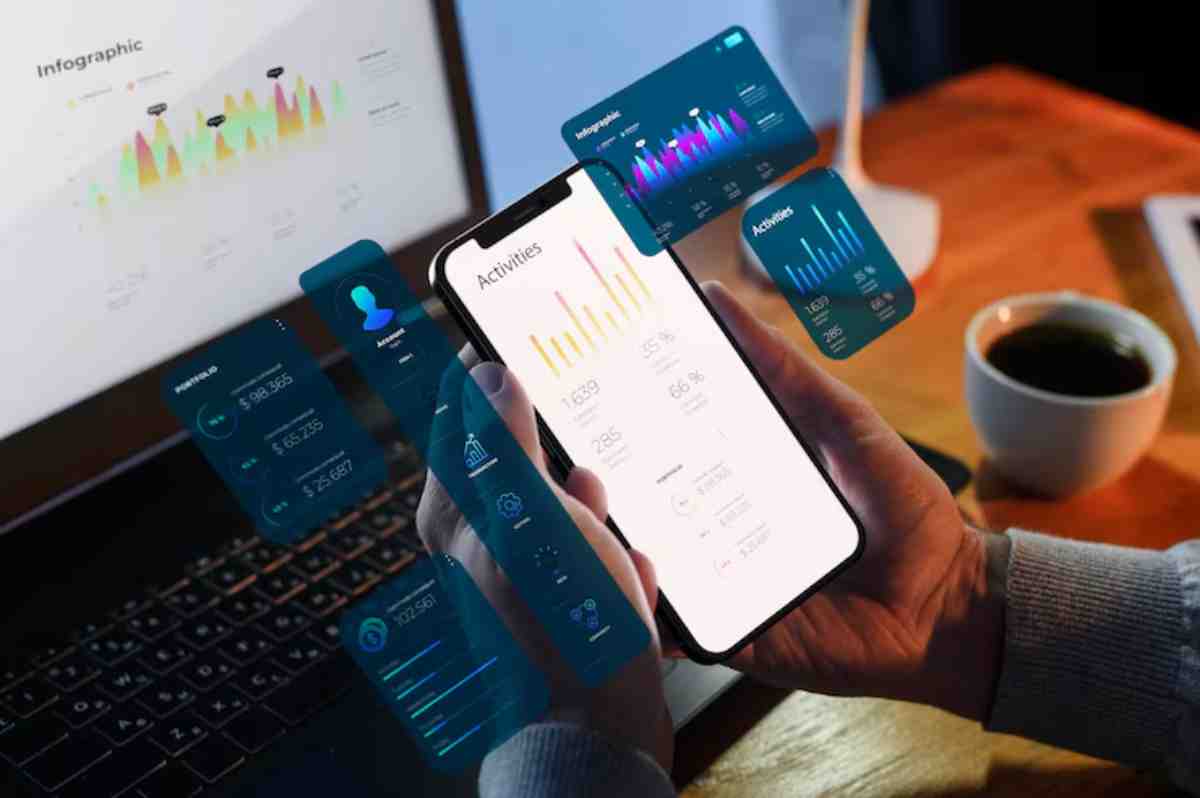
Best Budgeting Apps for Families in 2025
Managing a household budget in today’s world can feel like juggling while blindfolded — especially when you’ve got a partner with different spending habits, kids who seem to need something new every week, and bills popping up like weeds after a rainstorm.
But here’s the good news: you don’t have to do it alone. With the right tools in your digital back pocket, budgeting becomes less about spreadsheets and stress, and more about smart planning and teamwork.
In 2025, there are more options than ever for family-friendly budgeting apps. Whether you’re tracking groceries, syncing bills, or teaching your teens about money, these tools help bring clarity, control, and even calm to your household finances.
In this post, we’ll walk through the top family budgeting apps, highlighting key features, usability, and what makes each one stand out. Whether you’re a detail-obsessed spreadsheet fan or just want a gentle nudge when you’re overspending, there’s an app for you.
Why budgeting apps are essential for families
Let’s face it: managing money for one person is hard enough. Add a partner, two children, a mortgage, and a dog with an expensive taste in chew toys, and things get complicated.
Family budgeting apps simplify the chaos.
They:
- Help track income and shared expenses in real time
- Keep both partners accountable and informed
- Allow for planning around kids’ activities, holidays, and school costs
- Encourage saving goals for long-term priorities
- Offer tools to teach children financial responsibility
In short, they turn your budget into something everyone can understand — and contribute to.
What to look for in a family budgeting app
Before diving into the top picks, let’s clarify what makes a budgeting app family-friendly in 2025.
Key features to look for:
- Multi-user access (with parental controls or permissions)
- Shared goals and budgets
- Real-time syncing across devices
- Recurring bill tracking
- Flexible categorisation for family expenses
- Integration with banks and credit cards
- Ease of use — not everyone’s a financial analyst
And of course, affordability matters too. Most of these apps have free tiers or modest subscription costs that are well worth the investment if they help you avoid overspending.
Top Family Budgeting Apps for 2025
1. YNAB (You Need A Budget)
Best for families who want full control and proactive planning
YNAB is beloved by budgeting purists — and for good reason. It doesn’t just track what you’ve spent; it encourages you to give every pound a job. The method focuses on planning ahead, building buffers, and learning to live on last month’s income.
Why it works for families:
- Real-time syncing between partners
- Easily create shared goals (e.g. Christmas, new school uniforms)
- Excellent tools for handling irregular income
It takes a little time to learn, but once you get into it, it’s a total game-changer for family finances with complexity.
Cost: £11/month or £85/year after free trial
Available on: iOS, Android, desktop
2. Emma
Best for intuitive tracking and visual learners
Emma is a UK-based app that combines clever design with powerful functionality. It’s a top contender for families who want clear visuals, intuitive charts, and automatic expense tracking without spending hours setting up categories.
Why families love it:
- Aggregate all your accounts in one place
- Highlights subscriptions you forgot about (goodbye, unused Disney+)
- Categorises spending by family, children, groceries, transport, etc.
Emma also allows multiple budgets, which is handy if you want separate tracking for your personal and family expenses.
Cost: Free with optional premium tiers (£4.99–£14.99/month)
Available on: iOS, Android
3. Moneyhub
Best for UK households wanting serious financial insight
Moneyhub is FCA-regulated and built with security and detail in mind. It’s brilliant for families who want to dig deeper into their finances, track assets and liabilities, and even plan for future goals.
Standout features:
- Open banking support for hundreds of UK banks
- Tracks pensions, investments, and savings
- Allows for joint planning with your partner
It’s less gamified than Emma but more robust in financial forecasting. Great for parents with long-term financial plans.
Cost: £1.49/month
Available on: iOS, Android, desktop
4. Goodbudget
Best for envelope-style budgeting with a family twist
Goodbudget is a digital version of the old-school envelope method, where you assign money to different categories at the start of each month.
Family-friendly highlights:
- Syncs across multiple devices (great for couples)
- Simple setup for assigning funds to kids’ activities, savings, etc.
- Encourages intentional spending
It’s not as flashy as newer apps, but it’s brilliant for families who prefer structure and predictability.
Cost: Free with optional Plus plan (£6/month or £50/year)
Available on: iOS, Android, desktop
5. Snoop
Best for uncovering savings and making smarter decisions
Snoop isn’t a traditional budgeting app. Instead, it’s more like a savvy financial assistant. It connects to your accounts and helps you spot waste, get better deals, and optimise your spending.
What makes it family-friendly:
- Sends alerts when bills increase
- Spots duplicate subscriptions or forgotten charges
- Recommends cheaper providers for insurance or broadband
Ideal for busy parents who want to save money without spending hours comparing providers.
Cost: Free (with optional premium)
Available on: iOS, Android
Teaching kids money skills with apps

Some budgeting apps offer features that help children learn about money management, while others are specifically designed for young users.
Top picks for kids and teens:
- GoHenry: A prepaid debit card with parental controls and chore tracking
- HyperJar: Helps children divide money into spending ‘jars’
- RoosterMoney: Turns pocket money into a teaching tool with budgets and goals
If you’re trying to raise financially savvy kids, integrating a money app into their routine can help develop healthy habits early.
Which budgeting app is right for your family?
It depends on your family’s lifestyle, tech comfort level, and financial goals.
Choose YNAB if you’re serious about planning, especially with irregular income.
Choose Emma if you want something visual, modern, and easy to use.
Choose Moneyhub if you like deeper analysis and goal tracking.
Choose Goodbudget if you want envelope-style budgeting.
Choose Snoop if you’re focused on saving and optimising.
Many families use a combination — perhaps one app for shared finances and another for individual spending or kids’ budgeting.
If you’re already working towards creating a shared family budget on Google Sheets, using a budgeting app in tandem can give you better automation and oversight.
Things to watch out for
While budgeting apps can be powerful, they’re not magic. Consider these points before diving in:
- Data privacy: Ensure the app uses secure, encrypted connections and complies with UK open banking standards.
- Overcomplication: Choose an app that matches your family’s attention span. Overly complex tools can lead to burnout or abandonment.
- Fee creep: Premium plans are often worth it — just make sure they’re adding real value.
Most apps offer free trials. Take them for a spin with your partner and see which one fits best.
Conclusion: Smart tools make for smoother finances

No budgeting app will fix your finances overnight — but the right one can make managing your money simpler, smarter, and less stressful.
For families, especially those with multiple income streams, shifting expenses, and future goals, a good app can:
- Improve communication between partners
- Encourage consistent saving
- Provide better clarity and control
- Help children understand money earlier
Start small. Track your top expenses. Set a joint goal. Download a couple of apps and see what clicks. Over time, you’ll move from reaction mode to confident, proactive planning.
And that’s the real value — not just numbers in a spreadsheet, but a calmer, more connected financial life for your whole family.
Want to explore collaborative planning further? Learning how to get everyone in the family on the same budgeting page can transform how you set goals and make decisions together.


